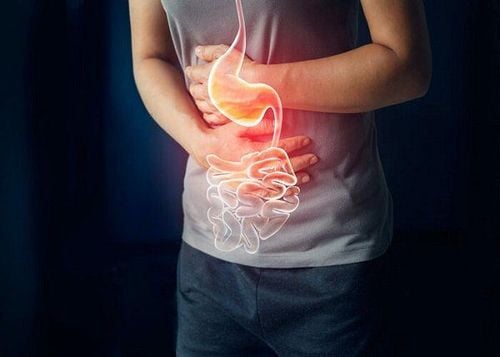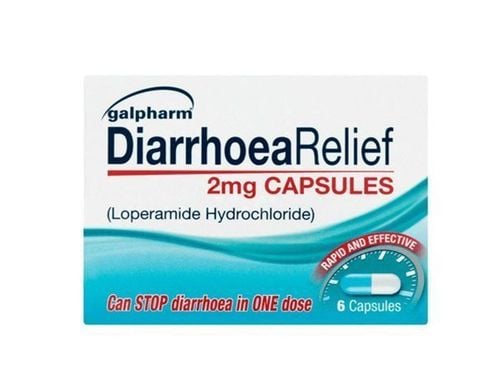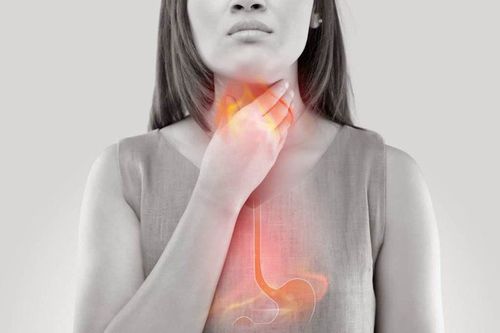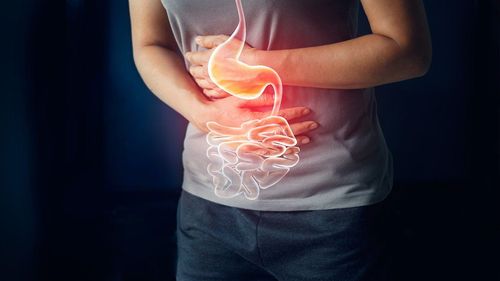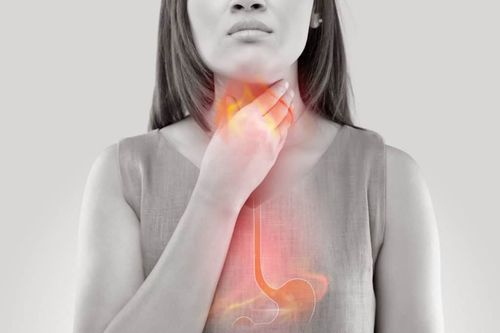This is an automatically translated article.
Posted by Master, Doctor Mai Vien Phuong - Department of Examination & Internal Medicine - Vinmec Central Park International General Hospital
Gastric carcinoma is one of the most common cancers and it can be considered as one of the main causes of death worldwide. Environmental and genetic causes may be involved and an important role in reducing the incidence of gastric carcinoma can be mentioned for prevention.
1. Stomach Cancer Overview
Diets high in salted and smoked foods, such as Helicobacter pylori (H. pylori) infection, are the best known environmental causes, while loss of epithelial cadherin (E-cadherin) and run-related transcription factor 3 (RUNX3) expression is often a genetic marker of gastric cancer. Therefore, prevention can be viewed from different points of view.
General lifestyle improvements, including a diet rich in vegetables and reduced intake of red meat and alcohol may be helpful in preventing stomach cancer, but more specific strategies must be applied depending on the environment and genetic background of different people. In some cases, such as in E-cadherin mutation-carrying families, prevention may be more important than scheduled endoscopy and, at times, prophylactic gastrectomy may be the appropriate option. unify.
2. H.pylori . bacteria
H. pylori is a gram-negative bacteria that lives in the stomach that can cause gastritis in infected patients. It can survive in the acidic environment of the stomach thanks to its ability to synthesize urease, an enzyme that can neutralize the acidic pH in the stomach. Various papers focused their attention on the important role of cytotoxicity-related genes in pathogenic islet (Cag PAI), vacuum atoxin A and IceA (induced by exposure to epithelium A), whose positivity is specific to different strains of H. pylori, in the clinical response of the patient. More specifically, their data suggest that in the origin of gastric cancer, an important role may be played by the Cag PAI, a group of about 30 genes encoded by a region of 40 kilobases.
3. H.pylori's CagA toxin is associated with gastric cancer
Of the thirty proteins involved, some are related to the conformation of the type IV secretion system (T4SS), a "molecular syringe" that helps CagA (a Cag PAI protein) enter cells stomach. CagA is considered to be the most important virulence factor involved in H. pylori-mediated gastric cancer development, although in a recent paper Rizzato et al highlighted other important genes, such as such as CagE and CagL, whose polymorphisms can influence patient clinical outcomes. H. pylori appears to play a role in gastric cancer by inducing methylation in various genes that interfere with the apoptotic pathway and by inducing inflammatory phenomena leading to gastritis , which then leads to atrophic gastritis and possibly gastric cancer.
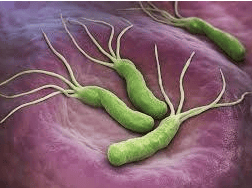
4. Antibiotic resistance of H.pylori
Infections are often treated with an antacid and antibiotic triple therapy, based on a proton pump inhibitor-clarithromycin-amoxicillin or with metronidazole therapy, however this strategy has recently yielded disappointing results. . One possible explanation is an increase in H. pylori strains showing resistance to clarithromycin, which has challenged different studies focusing on different treatment regimens. These are based on time-deferred drug administration, known as sequential 10-day therapy, when four drugs are used concurrently, or on both.
5. The role of early eradication treatment of H.pylori
Despite the increasing successes and improvements of therapies to eradicate H. pylori , controversial data refer to a similar reduction in gastric cancer success rates due to the elimination itself. it's him. Most papers discussing this paradox agree that an important role may be played in the development of gastric disease in which eradication therapy is performed. Thus, an early eradication therapy, at a young age, is more effective in preventing gastric cancer than a therapy performed at an advanced age, when the phenotypic and genotypic variations due to H. pylori causes more serious. Thereafter, prevention of gastric cancer in H. pylori-affected individuals can be accomplished starting with early diagnosis followed by early eradication therapy.
6. New gastric cancer developed after H. pylori eradication treatment
Recent articles describe new forms of gastric cancer that develop after H. pylori eradication therapy. Yamamoto et al focused their attention on the phenotypic and genotypic differences in gastric cancer arising in therapy-experienced patients and in untreated, but infected patients. coincide. Instead, Matsuo et al studied patients who had undergone eradication therapy, those who did not, and those who were negative for H. pylori infection.
The results obtained by the two groups showed differences in gastric cancer patterns arising in patients treated to eradicate H. pylori, since Yamamoto found the prevalence of gastric cancer. Diffuse type, while Matsuo found the prevalence of intestinal epithelial type gastric cancer. These differences suggest the need to consider a higher number of patients, but these studies highlight the possibility of developing gastric carcinoma also after eradication therapy.

7. Prevention of stomach cancer in people infected with H. pylori
According to the International Agency for Research on Cancer, H. pylori is a potent, group 1 carcinogen, as it can cause genetic changes, such as hypermethylation events, that contribute to cell transformation. Therefore, an assistive strategy in preventing the carcinogenicity of H. pylori could be focused on reducing its infectivity. A significant contribution can come from food. The sulforaphane in broccoli has a protective effect in the case of an H. pylori infection, as it can induce phase 2 detoxification enzymes, such as glutathione-S-transferase (GST), and may be active. as a bactericide in the tissues of gastric rodents.
These data can also be considered in humans, as it has been shown that eradication of H. pylori increases the restored GST level and considers the decreased GST level to be a marker of gastric cancer, also due to infection with H. pylori . Furthermore, female C57BL/6 female mice infected with H. pylori Sydney strain 1, and on a diet maintained with high salt intake, when fed sulforaphane-rich broccoli showed reduced colonization of the bacteria in the stomach. thickening, decreased tumor necrosis-alpha and interleukin-1 beta. In humans consuming 70g/day of sulforaphane-rich broccoli, reduced levels of urease (a biomarker of H. pylori inflammation) were found in breath tests and serum pepsinogen I and II (both markers) biomarkers of inflammation).
Then it can be inferred that the highest amount of sulforaphane, the lowest level of H. pylori infection.
Reviewing the numerous publications focusing on the carcinogenic potential of H. pylori , it can be seen that its mutagenic effects must be suppressed as quickly as possible. This goal can be achieved with early diagnosis, early eradication and a healthy diet with cruciferous plants.
8. H.pylori Screening Program in Children
Since most H. pylori infections are asymptomatic, screening programs can be helpful, especially in children, to reduce the likelihood of mutations accumulating from childhood. It should be said that H. pylori infection in children is primarily contagious in developing countries, due to poor socioeconomic status, as pointed out by different authors. Furthermore, it is also responsible for their worsening of malnutrition, as H. pylori reduces the absorption of various micronutrients, and subsequently contributes to malnutrition in children. .
Therefore, an effective early diagnosis and treatment strategy would be desirable, to combine short-term and long-term advantages, against possible undernutrition/undernutrition and gastric cancer. go out. However, extensive population screening programs would represent disproportionately high levels of welfare spending relative to real advantage, to encourage targeted screening only to groups at real risk. as tall as the Japanese. Clearly, limiting these screening programs would be more aimed at preventing gastric cancer than malnutrition, possibly caused by H. pylori.
9. Non-invasive test for H.pylori diagnosis in children
Various noninvasive tests help diagnose H.pylori in children, such as urea breath test [13C] and stool antigen test and different durations of triple therapy for found to be effective in treating infections. However, special attention should be paid to the use of multiple antibacterial therapies in childhood, because of the potential for the development of clarithromycin-resistant strains of H. pylori. Therefore, a good strategy to balance the ability to prevent and combat H. pylori and the need to overcome antibiotic resistance of some strains, can be represented by a healthy diet. rich in cruciferous crops. Their intake starting in childhood may contrast with possible infections, contributing to a reduction in H. pylori infectivity.
10. Practice healthy habits for children
Healthy habits acquired at a young age can be useful from the moment they begin to develop and for a lifetime. Regular consumption of cruciferous plants can help reduce the immediate and long-term effects of H. pylori infection, the consequent malnutrition and the possible accumulation of DNA modifications. A diet rich in cruciferous vegetables and, more generally, vegetables, is an important element of a healthy lifestyle (as discussed in the next section), so it can be adopted from childhood. childhood, no specific starting age is required.
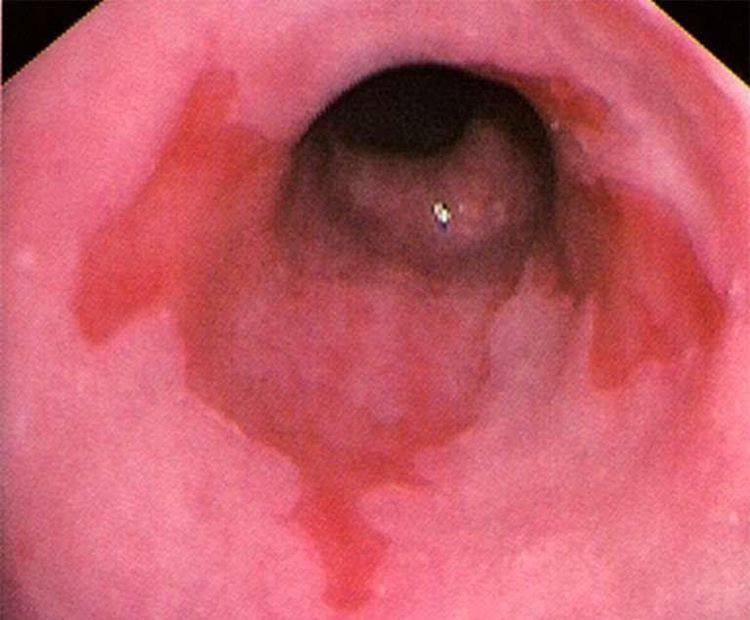
11. Barrett's esophagus is linked to esophageal cancer
A particular theme is expressed by the effect of H. pylori infection on the carcinogenesis of Barrett's esophagus, a pathology that involves the replacement of the normal squamous epithelium of the distal esophagus with columnar epithelium. This condition predisposes to esophageal adenocarcinoma, because the characteristic columnar epithelium looks like partial intestinal metaplasia, where specific intestinal metaplasia is identified.
Gastroesophageal reflux is a well-known cause of Barrett's esophagus, as excess acidic fluid builds up in the heart after meals, which can cause changes in the squamous lining. Treatment of this condition is based on the use of proton pump inhibitors, to control the pH of gastric juice. The ability of H. pylori to neutralize the acidic pH of the gastric environment has been considered as a possible explanation for the observed negative correlation between H. pylori infection and Barrett's esophagus.
However, in a more recent paper, several authors have shown that this correlation is closely related to the parameters used to make the comparison. More specifically, if the control samples were shown by endoscopic reports, H. pylori infection and Barrett's esophagus were negatively correlated, whereas if the control samples were based on blood donors, no relationship could be found. clearly related. Since both articles cited represent a meta-analysis, their results can be considered an effective overview of the scientific literature focusing on the topic under consideration. A succinct conclusion cannot be reached, as further investigations are needed and the clear mechanism explaining the relationship between H. pylori and Barrett's esophagus remains unknown.
At Vinmec, gastric cancer screening is done through gastric endoscopy with NBI (Narrow Banding Imaging - endoscopy with narrow light band) for clearer mucosal pathological analysis results. compared with conventional endoscopy.
Besides, with the system of Laboratory Department - Vinmec International General Hospital is a synchronous testing center with a full range of fields: Biochemistry, Hematology - Blood Transfusion, Microbiology - Parasitology and Solution Pathology and 3 majors: Biochemistry, Hematology - Blood Transfusion, Microbiology - Parasitology all achieved ISO 15189:2012 certificates. Vinmec Institute of Stem Cell and Gene Technology also screened 15 common cancers in Men and 17 common cancers in Women with only one gene test.
If you have a need for consultation and examination at Vinmec Hospitals under the national health system, please book an appointment on the website for service.
Please dial HOTLINE for more information or register for an appointment HERE. Download MyVinmec app to make appointments faster and to manage your bookings easily.
ReferencesAsombang AW, Kelly P. Gastric cancer in Africa: what do we know about incidence and risk factors? Trans R Soc Trop Med Hyg . 2012;106:69-74. [PubMed] [DOI] Dikshit RP, Mathur G, Mhatre S, Yeole BB. Epidemiological review of gastric cancer in India. Indian J Med Paediatr Oncol . 2011;32:3-11. [PubMed] [DOI] Hu J, La Vecchia C, Morrison H, Negri E, Mery L. Salt, processed meat and the risk of cancer. Eur J Cancer Prev . 2011;20:132-139. [PubMed] Dungal N, Sigurjonsson J. Gastric cancer and diet. A pilot study on dietary habits in two districts differing markedly in respect of mortality from gastric cancer. Br J Cancer . 1967;21:270-276. [PubMed] Matsuo T, Ito M, Takata S, Tanaka S, Yoshihara M, Chayama K. Low prevalence of Helicobacter pylori-negative gastric cancer among Japanese. Helicobacter . 2011;16:415-419. [PubMed] Antonio Giordano, Letizia Cito, Advances in gastric cancer prevention, World J Clin Oncol. Sep 10, 2012; 3(9): 128-136





